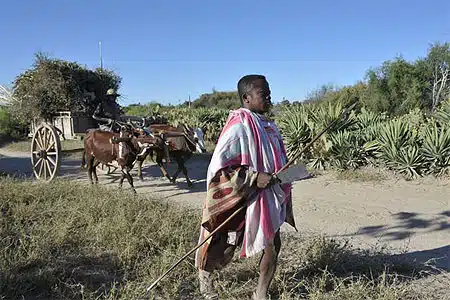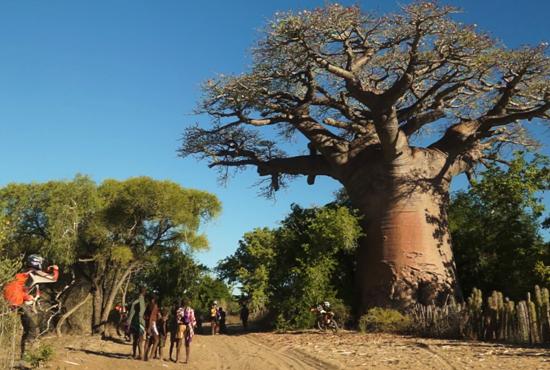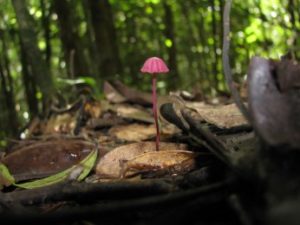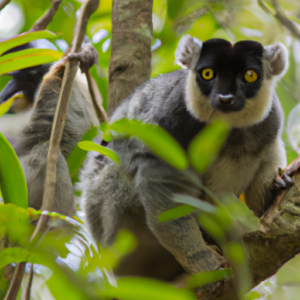Madagascar: Drought and Food Shortage in the Far South.
The phenomenon occurs repeatedly in this area and is expected to be even more challenging this year. The latest study on food insecurity (April 2020) estimates that 1.6 million people in the deep south are facing difficulties in accessing food due to drought, including 500,000 who are affected by severe food insecurity and urgently need help.
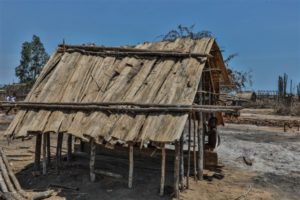
In addition to the impact of drought, restrictions related to the Covid-19 epidemic worsen the situation in this area by limiting households’ access to diversified food on local markets.
Kere – the time of empty reserves
The south is currently in a period of “kere,” the time before the first harvests when the grain from the previous harvest is lacking due to empty reserves.
After enduring several years of crisis, households are severely affected and no longer able to cope with a new emergency situation.
Families have already sold a large part of their production means, such as their zebus.
Many are reduced to eating prickly pear cacti that grow on cactus leaves and are found at market stalls, or mangoes rolled in ash to alleviate hunger.
The situation in southern Madagascar is recurring, yet a lasting solution has not been found.
Famine threatens the lives of many families in the south of the country.
Several districts in the Androy and Anosy regions are now affected by a famine following an exceptionally severe drought.
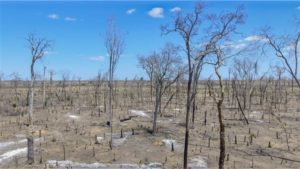
Famine threatens the lives of families in the south of the country. Several districts in the Androy and Anosy regions are now affected by a famine following an exceptionally severe drought.
The lack of abundant rainfall in the Amboasary region is related to the El Nino climate phenomenon.
92% of the population below the poverty line
This food crisis comes after three difficult years in southern Madagascar, one of the poorest countries in the world, where 92% of the population lives below the poverty line.

Will some of the money reach the Amboasary region this time to build infrastructure, especially roads that are in a catastrophic state?
What solutions are there to curb famine in the south of the country?
We cannot control droughts, but we can stop hunger and quench thirst. This requires improving water management and expanding irrigation.
Only time will tell. This region of the country has always been “forgotten” by the authorities.

